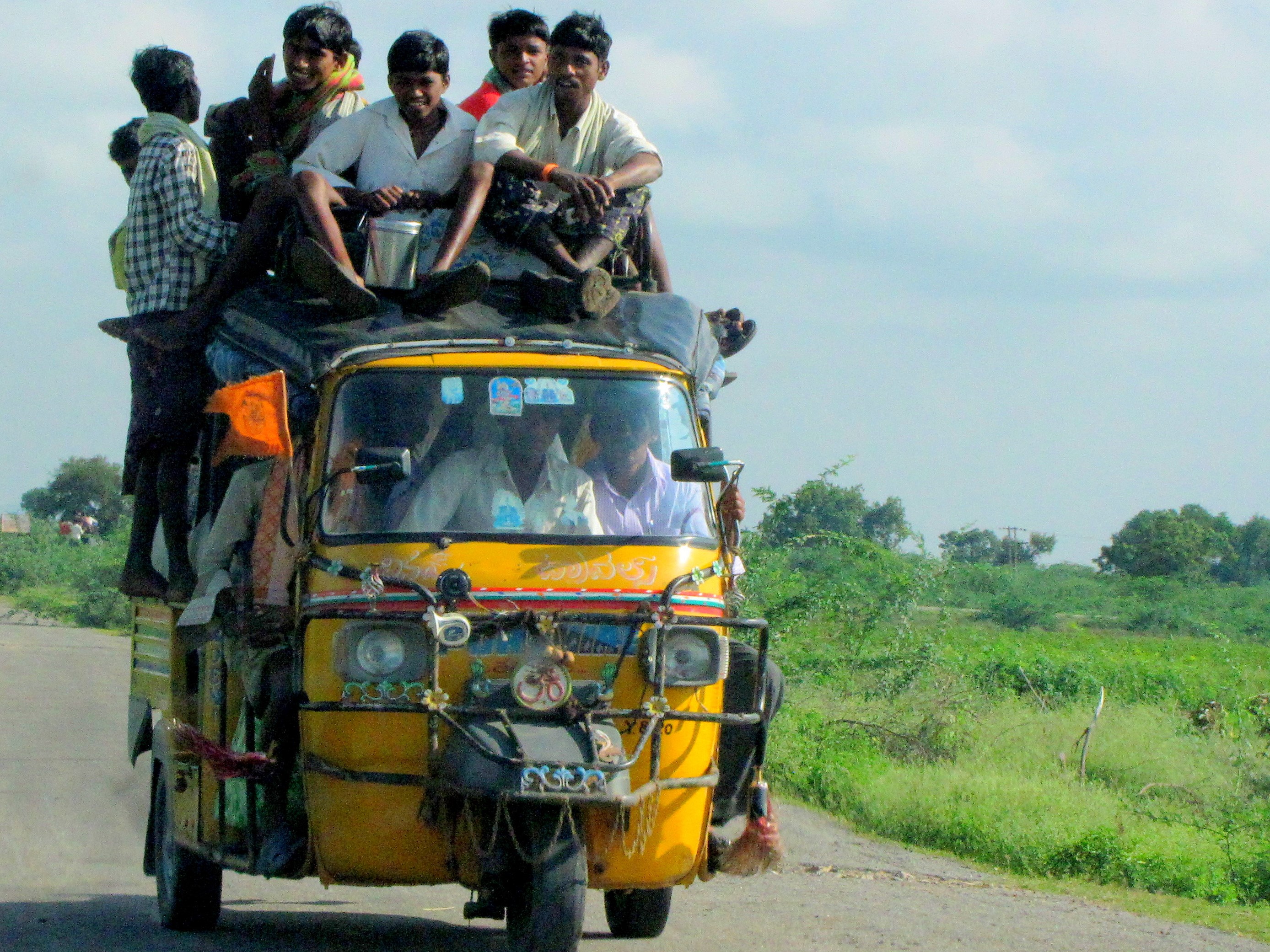- Economy
- Hits: 225
From Acche Din to Amrit Kaal
From Acche Din to Amrit Kaal.
A growing belief, which has lately reached a crescendo, is that India’s time of take-off has arrived. The Prime Minister has been at the forefront of trumpeting this idea. The problem is that the data, wherever it is available, shows a completely different picture.
Firstly, yes, the GDP growth rate has been higher than most large emerging economies of the world. However, one has to look at the drivers of this growth and not just the headline number. One of the most important drivers has been consumer spending by the higher-income groups, even as spending by lower-income groups has remained sluggish. The second most important factor has been the large-scale public infrastructure push along with a private real estate boom. While economists have extolled the ‘multiplier’ effects of public investment in infrastructure – for instance, a rupee spent on building roads can generate two rupees worth of total economic output the next year – these benefits will accrue to the economy only if the infrastructure is maintained over the years. The problem in India has been that such large scale infrastructure projects have not been followed with institutional reforms and the state’s capacity (or overall administrative or bureaucratic quality) is quite low, such that critical infrastructure like roads and bridges are of shoddy quality or fall into disrepair over the years. This is akin to building a road to nowhere! Moreover, private corporate investment has not taken-off even as the government has touted the success of its PLI (production linked incentive) scheme, without of course releasing any data to support this claim.
Secondly, according to the official statistics on the labor market, the unemployment rate has declined. But at the same time, self-employment has increased – think of road-side vendors and small decrepit kirana stores. In a developing country like India, no one can afford to stay unemployed, and therefore the unemployment rate will typically be low. What matters is the quality of employment – level of earnings and non-monetary benefits. The latter is something elites usually take it for granted – annual leaves, provident fund, written job contract etc. The self-employed do not have access to these non-monetary benefits and their earnings have remained dismally low. That is why consumer spending for the bulk of India’s population has remained weak and has instead been driven by a few Indians (like me and you), with higher and secure incomes.


Thirdly, the private projects announced with much fanfare by the Government of India like Foxconn’s iPhone factory, have come up in the already industrialized states of Tamil Nadu, Karnataka and Maharashtra. These states, over the last three decades, have invested in good quality infrastructure, a supportive eco-system of institutions and a strong supply chain of raw materials. And the central government/BJP has got nothing to do with it! These states have been drivers of India’s growth for a long time now and they have been well-poised to reap the gains from the geo-political shifts like multinationals moving out of China. What needs to be asked is whether the lagging states of MP, Rajasthan, UP, Bihar, Jharkhand and Chhattisgarh, are developing and gaining from the big infrastructure push by the central and state governments?
Fourthly, the supporters of the central government proclaim its superiority of vision based on the rollout of India’s digital public infrastructure. It is true that India has been leading the world in terms of digital public services and digital payments. However, to say that this government has single-handedly brought about this change is grossly unfair. The foundation stone of India’s digital infrastructure was laid down in 2009 when the National Payment Corporation of India (NPCI) was established to integrate all payments mechanisms in India. By 2012, the RBI released the vision statement for NPCI and rolled out the infrastructure for Unified Payments Interface or UPI in 2016. It is important to know how this hugely successful digital public infrastructure came about because it certainly did not come up magically in a day.
What is surprising and troubling is that India’s numerous unemployed persons and road-side vendors(their population has grown in last 2-3 years) whose lives have not changed dramatically in the last decade, are also living in some kind of a delusion . Their hope for a golden future or Amrit Kaal seems delusional given that anything substantial has happened in the last five years. Swacch Bharat Abhiyaan and Smart Cities have been failures, Ayushman Bharat is ridden with corruption, Subsidies have grown exponentially but you will not come across any CAG reports because the central government has muzzled the independent office of the Auditor General.

Economists are always wary of asset bubbles – when frenzy takes over something as simple as tulips, resulting in a massive surge in prices and optimism about the asset (such as tulips) – because they burst (not deflate but burst with a bang) with prices crashing to the ground and optimism morphing into a deep pessimism. This leads to economic recessions or extended periods of slow growth.
In the absence of any data to support that we are living in Amritkaal, Acche din, it is quite likely that many of us are, as a matter of fact, living in a massive bubble, and making beautiful castles in the air ; POK Bharat ka hissa hoga, India will be a developed economy by 2047.
Hiding data, muzzling the senior Govt officials and compelling them to tow Govt's line is surely not going to help.
It may take some time for this euphoria to go away, may be Two to Four years, when the reality would dawn upon us, but by then, it may be too late as the society and the nation might be on the verge of a civil strife.
Add a comment